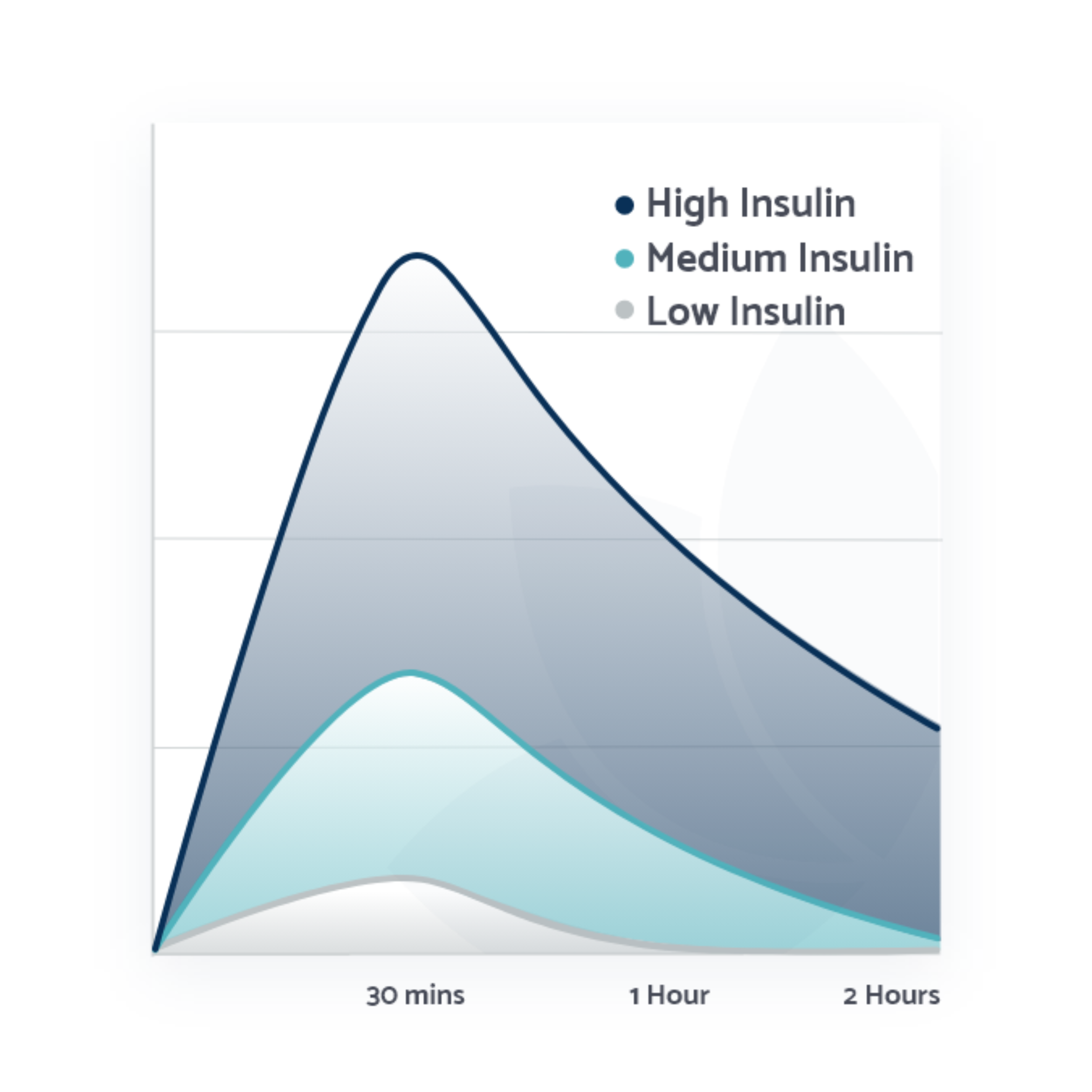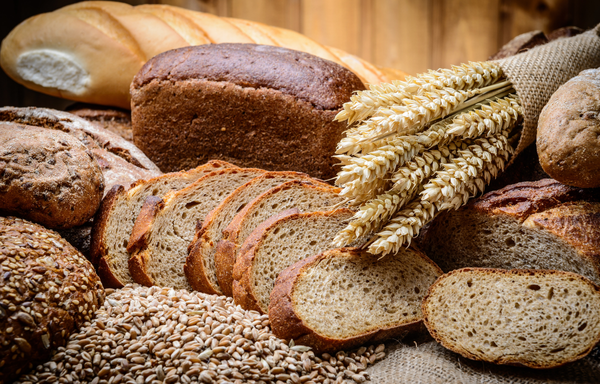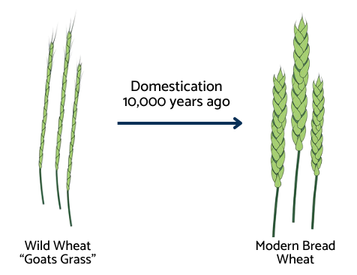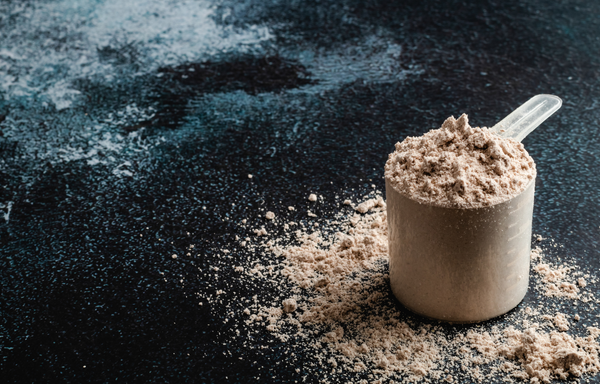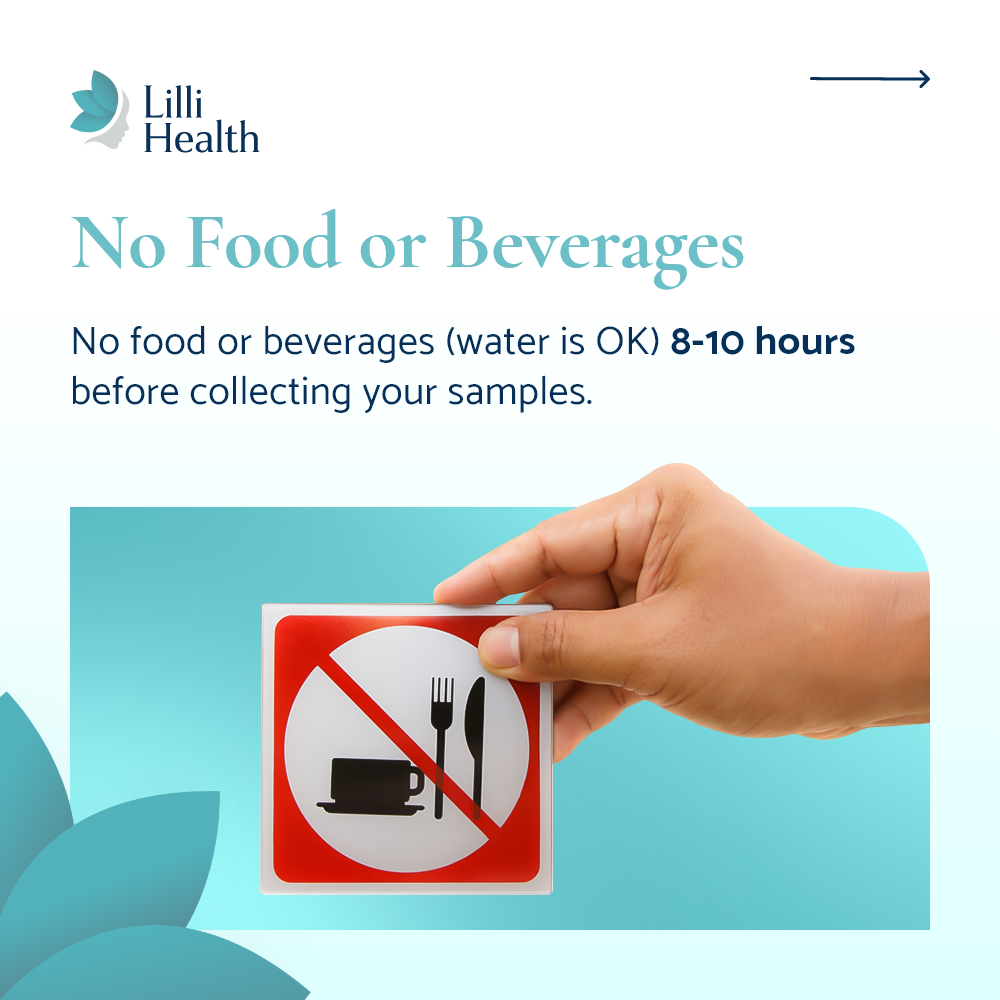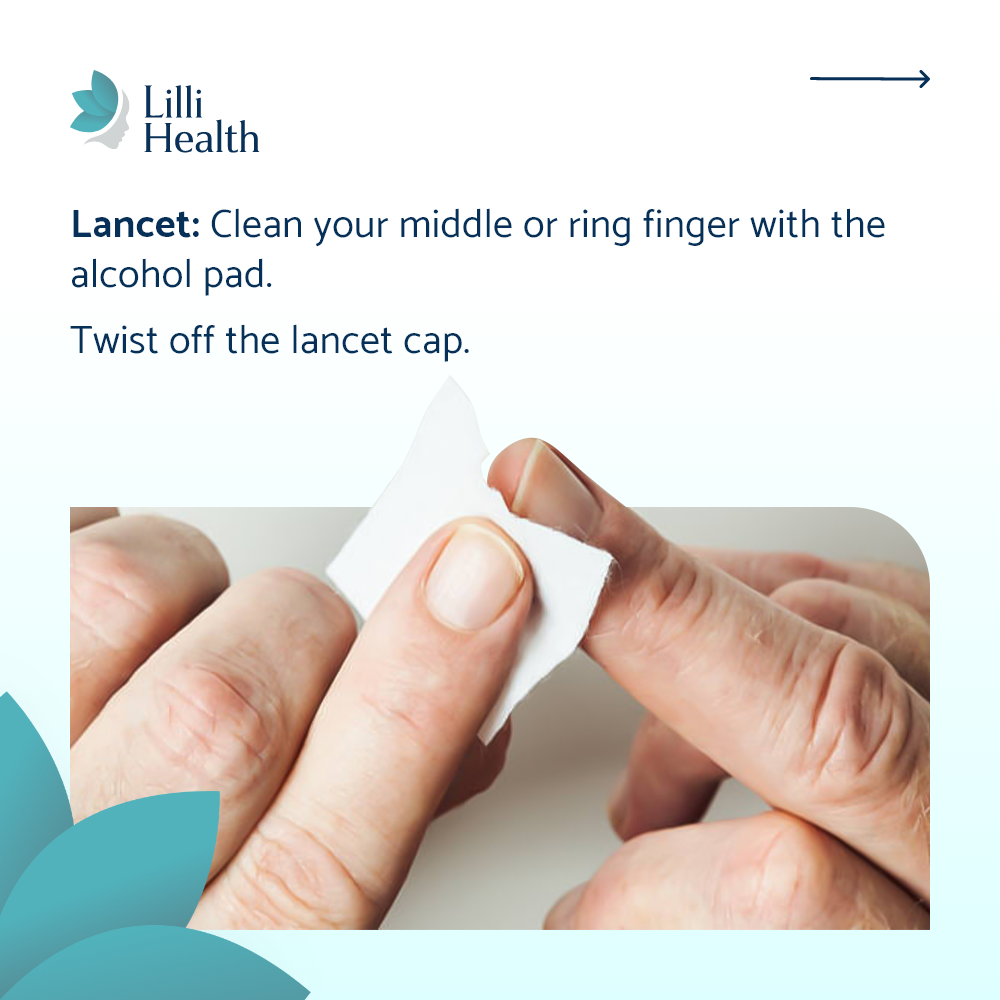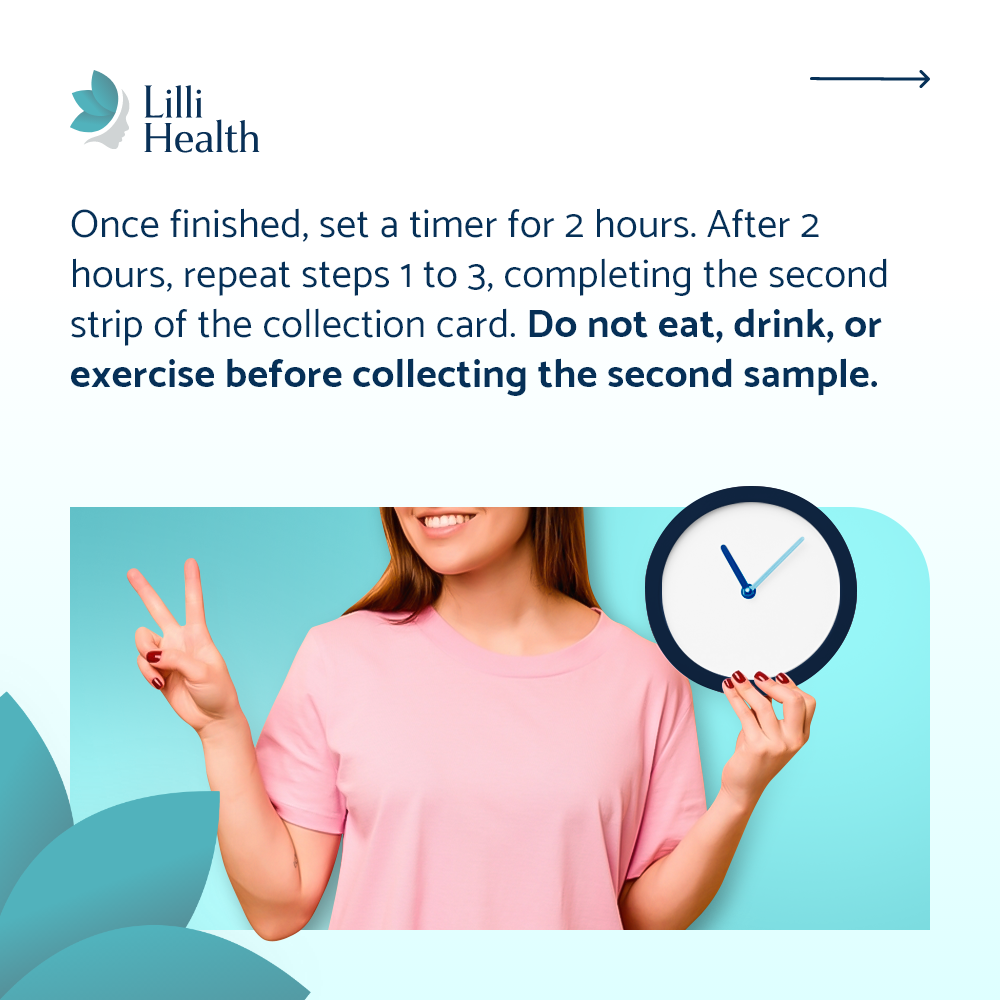
A Low Insulin Lifestyle is unlike any other approach to nutrition and health. Instead of focusing on calories, carbs, or arbitrary food rules, it prioritizes one thing—insulin. No other diet or lifestyle plan directly targets insulin levels the way this one does, even though insulin resistance is at the core of conditions like PCOS, metabolic dysfunction, and stubborn weight gain.
Backed by research, this approach doesn’t require tracking calories, counting carbs, or sticking to special meals, supplements, shots, or points. There’s no need to measure portions or restrict how much you eat—as long as you’re choosing foods that don’t spike insulin, you can eat freely. That’s it!
And the best part? It’s not about being perfect. It’s about making intentional choices based on how your metabolism works. Once you understand which foods keep insulin levels low and which ones send them soaring (and why that is important), you’ll have the freedom to eat in a way that works for you—without the stress of restriction.
What’s Included (and What’s Not)
A Low Insulin Lifestyle revolves around foods that don’t spike insulin while avoiding those that do.
Foods That Are Off the Table (and Why)
- Starches – Foods like grains, potatoes, beans, and other starches break down into glucose, which drives up insulin levels. More starch = more glucose = more insulin.
- Dairy (especially whey) – Dairy, particularly milk and whey protein, is uniquely insulin-spiking, even though it’s low in sugar. Fermented dairy (like cheese and Greek yogurt) is a better choice because the fermentation process reduces insulin impact and these foods are made by removing whey.
- Sugar (including “natural” sugars) – Sugar in any form—whether it’s cane sugar, honey, maple syrup, or agave—will cause an insulin spike. While some options might be “less bad” than others, none of them support low insulin levels.
What You Can Eat Freely
- Non-starchy vegetables – Leafy greens, cruciferous veggies, peppers, cucumbers, and anything that isn’t loaded with starch.
- Whole Fruits – Whether fresh or frozen (as long as they’re unsweetened), they satisfy your sweet tooth while delivering antioxidants and fiber.
- Protein – Meat, poultry, fish, eggs, and plant-based proteins that aren’t packed with starch (like edamame and lupini beans).
- Healthy fats – Nuts, seeds, olive oil, avocado, coconut, and fatty fish.
Optional (Because Sustainability Matters)
- A 6oz glass of dry red wine per day – The research on alcohol and health is contradictory, but for many, a small daily glass of dry (not sweet) red wine can make this lifestyle easier to sustain long-term.
- An ounce of very dark chocolate (75%+ cocoa) per day – A small daily serving of dark chocolate is another optional addition that can make this way of eating feel enjoyable and sustainable.
Exercise That Supports Metabolic Health
Not all workouts are created equal. Some types of exercise help lower insulin levels, while others (like excessive cardio) can actually raise them.
The best options for maintaining metabolic health include:
- Walking – One of the simplest and most effective ways to lower insulin levels and reduce cortisol. Walk as much as you can.
- Strength training – Helps clear glucose from the bloodstream without needing insulin, which makes it one of the best tools for reversing insulin resistance.
- Yoga and low-impact movement – These activities help regulate cortisol, which in turn keeps insulin levels in check.
On the other hand, too much high-intensity cardio can spike cortisol and lead to higher insulin levels, making it harder to lose weight and regulate metabolism.
The Most Effective (and Sustainable) Way to Lower Insulin
The Low Insulin Lifestyle is the easiest lifestyle change you’ll ever adopt because it simplifies everything. No more obsessing over macros, tracking calories, or measuring portions—just eat real food that keeps insulin low.
This approach is the key to:
- Lowering insulin levels
- Reversing insulin resistance
- Losing weight (without starving yourself)
- Improving PCOS symptoms
- Creating a sustainable way of eating that works for life


